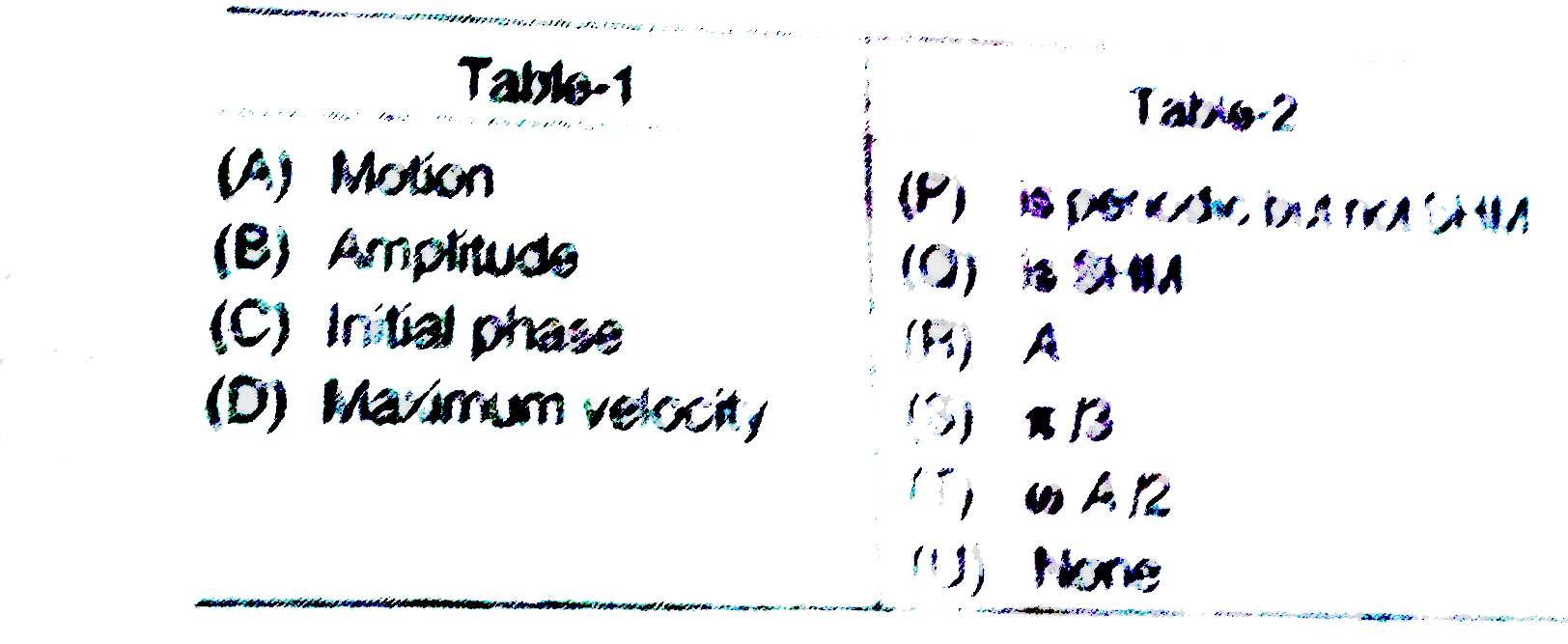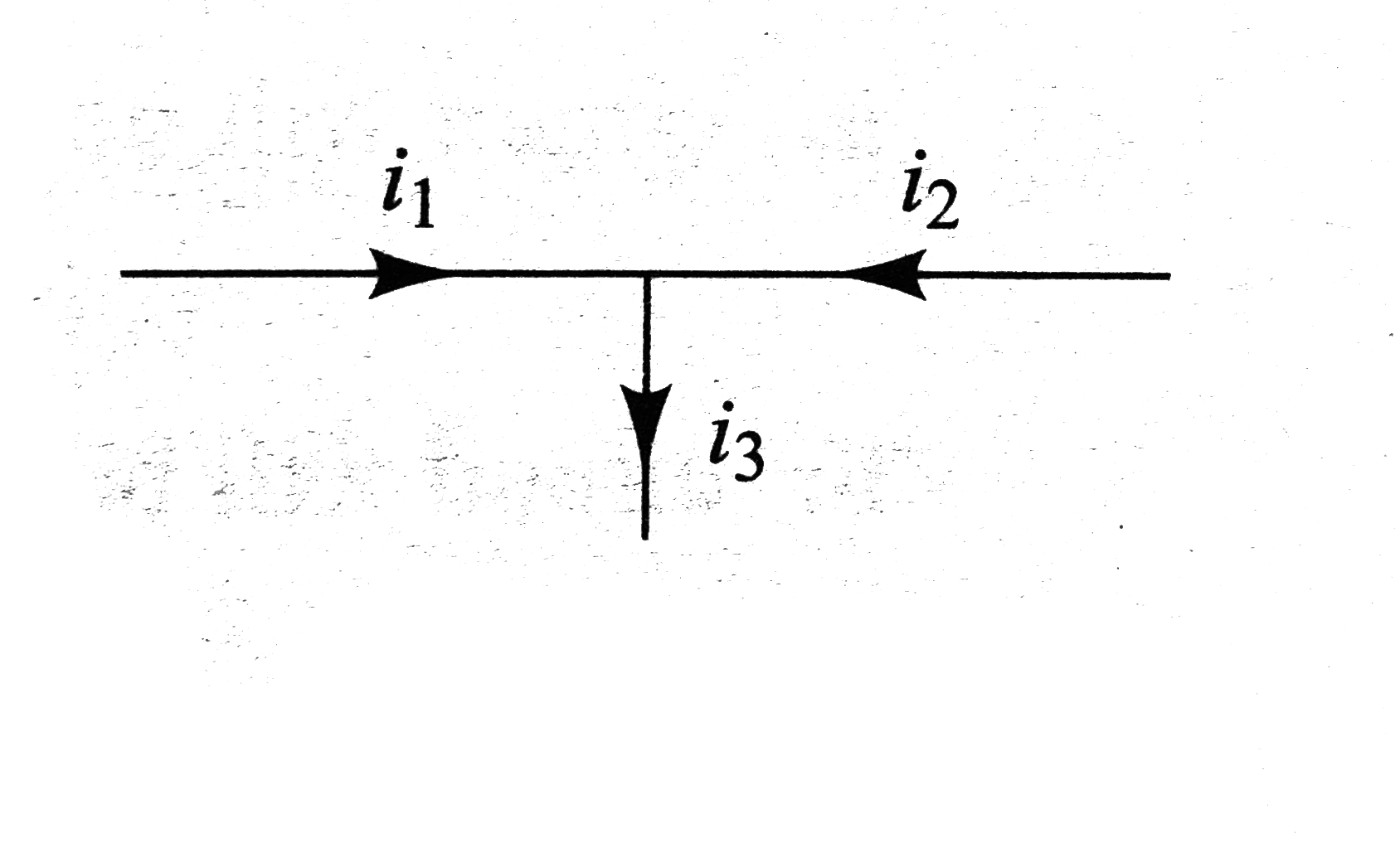The optical vectors of two interfering light waves are E1=2sinωt and E2=5sin(ωt+π3) . Find the resultant amplitude.
√39 cm
Topper's Solved these Questions
- WAVE OPTICSBOOK - AAKASH SERIESCHAPTER - WAVE OPTICSEXERCISE - PROBLEMS (LEVEL - II)
33 Videos
- WAVE OPTICSBOOK - AAKASH SERIESCHAPTER - WAVE OPTICSEXERCISE - EXERCISE (VERY SHORT ANSWER QUESTIONS (POLARIZATION))
8 Videos
- WAVE MOTION AND SOUNDBOOK - AAKASH SERIESCHAPTER - WAVE MOTION AND SOUNDEXERCISE - PROBLEMS (LEVEL - II)
97 Videos
- WAVESBOOK - AAKASH SERIESCHAPTER - WAVESEXERCISE - EXERCISE-III (Doppler effect :)
15 Videos
Similar Questions
Knowledge Check
Equations of two progressive wave are given by y1=asin(ωt+ϕ1) and y2=asin(ωt+ϕ2). IF amplitude and time period of resultant wave is same as that of both the waves, then (ϕ1−ϕ2) is
Aπ3B2π3Cπ6Dπ4
A partical is subjucted to two simple harmonic motions
x1=A1sinωt
and x2=A2sin(ωt+π/3)
Find(a) the displacement att=0, (b) the maximum speed of the partical and ( c) the maximum acceleration of the partical.
View SolutionIn y= A sin ωt + A sin (ωt+(2π)/3) match the following table.

View SolutionOn the superposition of the two waves given as y1=A0sin(ωt−kx) and y2=A0cos(ωt−kx+π6) , the resultant amplitude of oscillations will be
View SolutionA particle is subjected to SHM as given by equations x1=A1sinωt and x2=A2sin(ωt+π/3).The maximum acceleration and amplitude of the resultant motion are it amax and A,respectively , then
View SolutionTwo plane progressive waves are given as (y1=A1sin) (Kx−omrgat) and [y2=A2sin(Kx−ωt+ϕ)] are superimposed. The resultant wave will show which of the following phenomenon?
View SolutionTwo SHM's are represented by y1=Asin(ωt+ϕ),y2=A2[sinωt+√3cosωt]. Find ratio of their amplitudes.
View SolutionTwo particle AandB execute simple harmonic motion according to the equation y1=3sinωt and y2=4sin[ωt+(π/2)]+3sinωt. Find the phase difference between them.
View Solution

